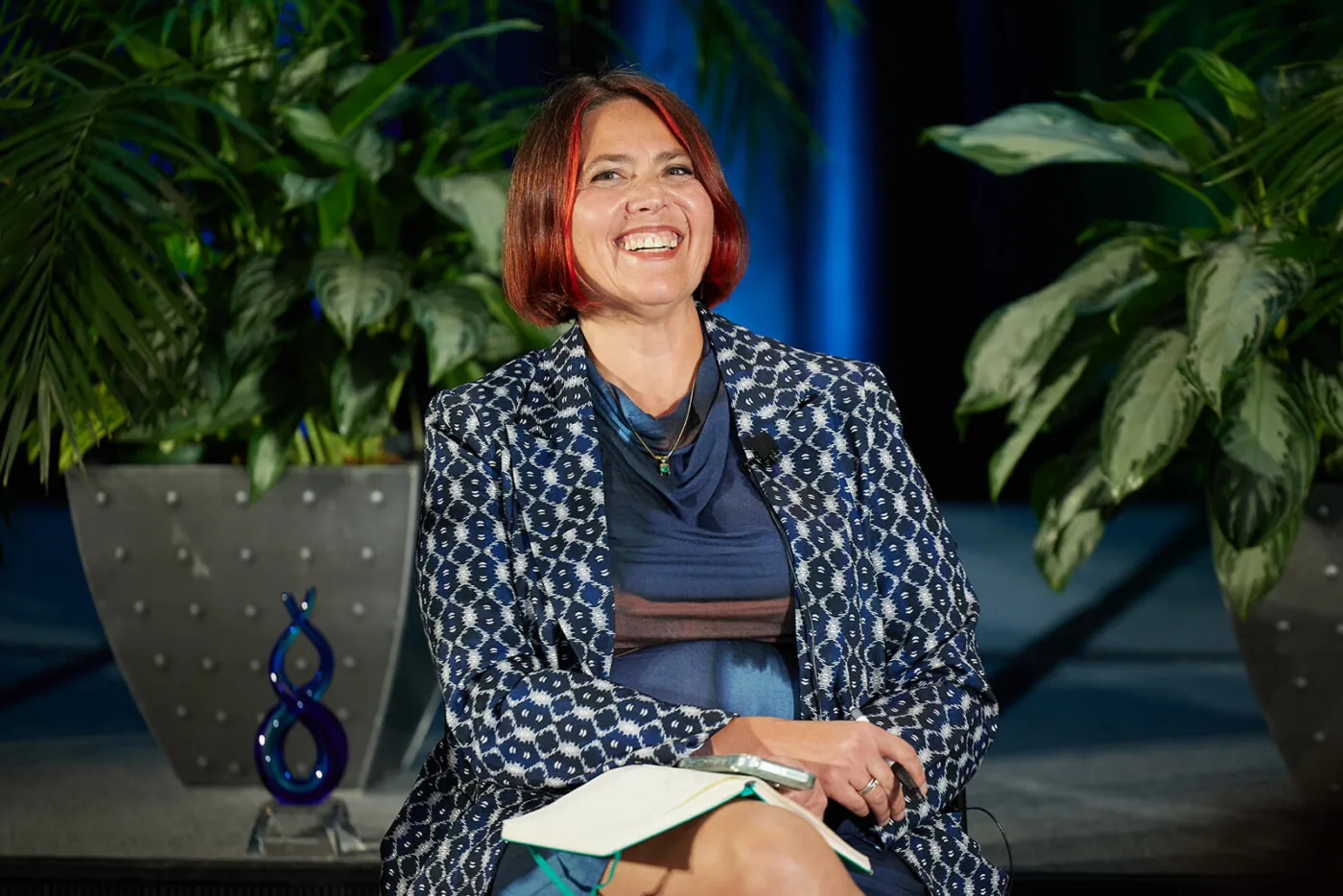True confession: I’m a wellness girlie. I value health and wellness — and I’ve tried all the things to support it. For these reasons, there are aspects of the MAHA agenda that resonate with me, even while I feel conflicted about others.
Like many people, I haven’t always had the best experience with Western medicine, especially when filtered through what insurance companies will or won’t cover. I’ve battled the chemical industry in the legislature and watched them lie — blatantly — about the safety of their products. A legislative staffer once told me, “Yes, we know. We expect that.” It was a stark reminder that nobody is really minding the store except for watchdog groups like Mind the Store and of others working to ensure that the products we put on our bodies, the food we eat, and the water from our taps are actually safe.
So I take my health into my own hands. I’ve joked with friends that there are many wellness modalities — and I vow to try them all.
But when Tropical Storm Chantal hit my town in early July, it reminded me that no matter how carefully I curate my own wellness, my health is inextricably tied to the health of my environment — and to the public systems that safeguard it. In Hillsborough, Chantal flooded our pump station, spilling 5 million gallons of raw sewage into the Eno River. The FEMA funds to move that pump station out of the floodplain had already been awarded, but were frozen when the program was abruptly canceled. And there’s no home water filter that can fix that.
This is the truth many of us in environmental health have been saying for years: you can’t shop your way out of the problem. Real wellness isn’t just about what we eat, drink, or slather on our skin — it’s about whether the systems around us protect us without us having to think about it.
Right now, those systems are under siege. Agencies like EPA, FEMA, and the Chemical Safety Board are being gutted. Pesticide companies are working to pass federal and state laws and regulations that would exempt them from law suits by the people they poison, even as unusual coalitions like the MAHA Moms and long-time EJ advocates fight back. Civil society nonprofits — the very groups that fill the breach when government retreats — are facing investigations, funding cuts, and legal harassment. Meanwhile, our exposome — the totality of environmental exposures in our bodies — is filling with microplastics, PFAS, pesticides, and industrial chemicals, even as climate-fueled disasters like Chantal become more frequent and severe.
So what can philanthropy do at this moment?
Defend what keeps us alive. Fund the frontline environmental health and justice organizations fighting to protect communities from the immediate harms of deregulation, dangerous chemicals, pollution, and climate disasters.
Move money like the flood is already here (because it is). Disasters are no longer rare; they are the backdrop of our lives. Unlock your endowments. Fund with urgency and speed, not just caution.
Invest in the opportunities, not just the crisis. Floods reshape the landscape. We have an unprecedented opportunity to radically shift how we ensure a healthier future for all. Invest not just in building back what was but in creating and implementing the vision that truly ensures healthier futures for all.
Bridge divides to build power. Support work that unites people around shared health and environmental concerns, even when they disagree on other issues. Fund organizing across unlikely allies that crosses silos; fund narrative strategy that supports the common vision and cuts through the disinformation campaigns that divide us.
If Tropical Storm Chantal taught me anything, it’s that wellness is a collective project. My health, your health, our communities’ health — they rise and fall together. We can’t just protect what’s left; we have to build the new worlds we want to live in, together.

